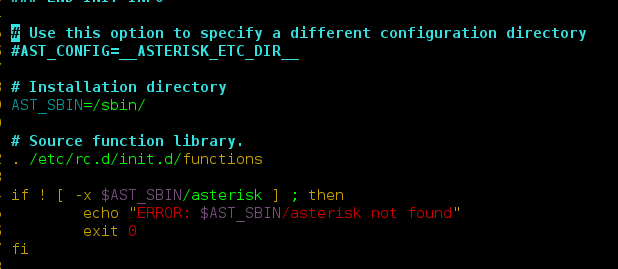The asDoubleBuffer() method of java.nio.ByteBuffer class is used to create a view of this byte buffer as a double buffer.
The content of the new buffer will start from this buffer’s current position. Changes made to this buffer’s content will be visible in the new buffer, and vice versa; the two buffers’ position, limit, and mark values will be independent.
The new buffer’s position will be zero, its capacity and its limit will be the number of bytes remaining in this buffer divided by eight, and its mark will be undefined. The new buffer will be direct if, and only if, this buffer is direct, and it will be read-only if, and only if, this buffer is read-only.
Syntax:
public abstract DoubleBuffer asDoubleBuffer()
Return Value: This method returns a new double buffer.
Below are the examples to illustrate the asDoubleBuffer() method:
Examples 1:
Java
// Java program to demonstrate// asDoubleBuffer() method// for ByteBufferimport java.nio.*;import java.util.*;public class GFG { public static void main(String[] args) { // Declaring the capacity of the ByteBuffer int capacity = 50; // Creating the ByteBuffer try { // creating object of ByteBuffer // and allocating size capacity ByteBuffer bb = ByteBuffer.allocate(capacity); // changing bytebuffer into // DoubleBuffer DoubleBuffer cb = bb.asDoubleBuffer(); // putting the value in DoubleBuffer cb.put(5001.99); cb.put(5002.99); cb.put(5003.99); cb.rewind(); // Declaring variable c double c; // print the ByteBuffer System.out.print("DoubleBuffer : "); while ((c = cb.get()) != 0) System.out.print(c + " "); } catch (IllegalArgumentException e) { System.out.println("Exception thrown : " + e); } catch (ReadOnlyBufferException e) { System.out.println("Exception thrown : " + e); } }} |
DoubleBuffer : 5001.99 5002.99 5003.99
Examples 2:
Java
// Java program to demonstrate// asDoubleBuffer() method// for ByteBufferimport java.nio.*;import java.util.*;public class GFG { public static void main(String[] args) { // Declaring the capacity of the ByteBuffer int capacity = 50; // Creating the ByteBuffer try { // creating object of ByteBuffer // and allocating size capacity ByteBuffer bb = ByteBuffer.allocate(capacity); // changing bytebuffer into // DoubleBuffer DoubleBuffer cb = bb.asDoubleBuffer(); // putting the value in DoubleBuffer cb.put(5001.99); cb.put(5002.99); cb.put(5003.99); cb.rewind(); // Declaring variable c double c; // print the ByteBuffer System.out.print("DoubleBuffer : "); while ((c = cb.get()) != 0) System.out.print(c + " "); // Creating a read-only copy of ByteBuffer // using asReadOnlyBuffer() method ByteBuffer bb1 = bb.asReadOnlyBuffer(); // changing read-only bytebuffer into // read-only DoubleBuffer DoubleBuffer cb1 = bb1.asDoubleBuffer(); // putting the value in read-only double buffer System.out.println("\n\nTrying to put the value " + "in read only double buffer"); cb1.put(5001.99); cb1.put(5002.99); cb1.put(5003.99); cb1.rewind(); } catch (IllegalArgumentException e) { System.out.println("Exception thrown : " + e); } catch (ReadOnlyBufferException e) { System.out.println("Exception thrown : " + e); } }} |
DoubleBuffer : 5001.99 5002.99 5003.99 Trying to put the value in read only double buffer Exception thrown : java.nio.ReadOnlyBufferException




